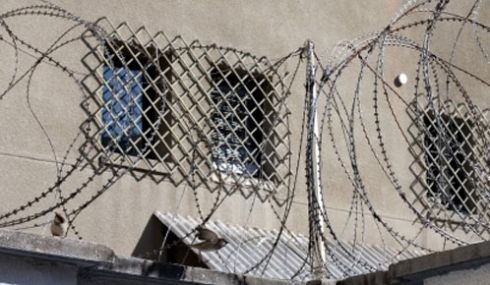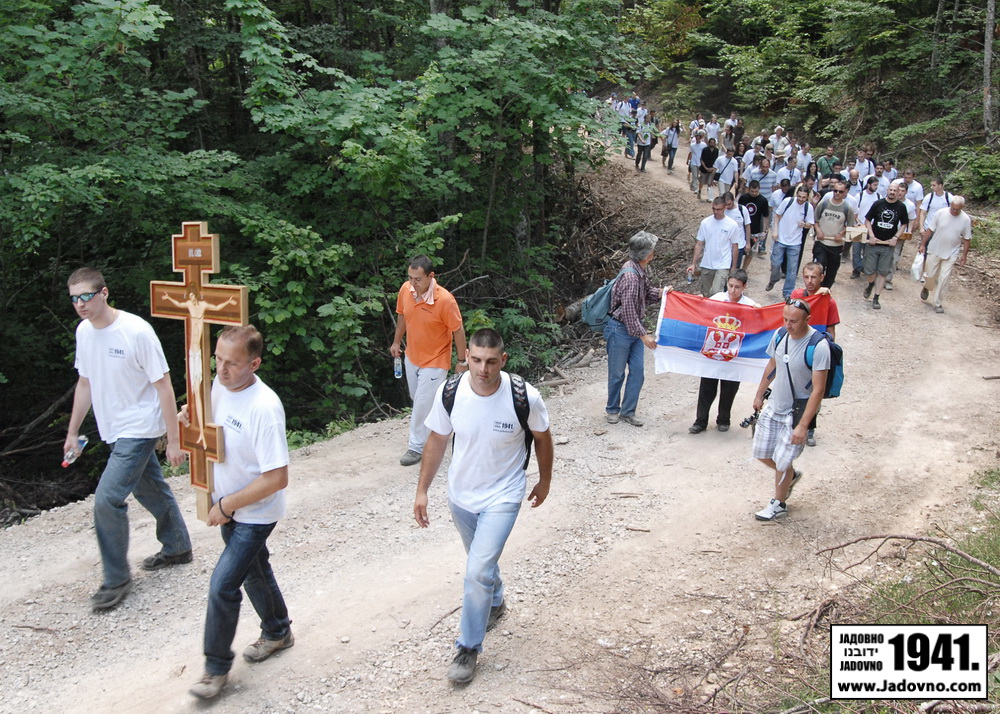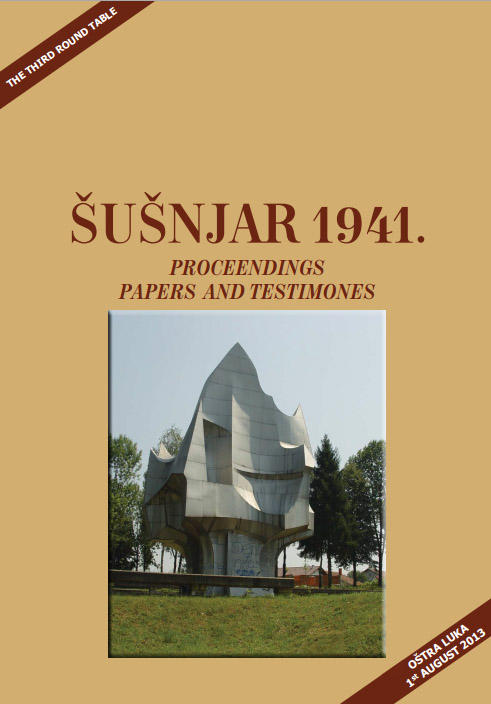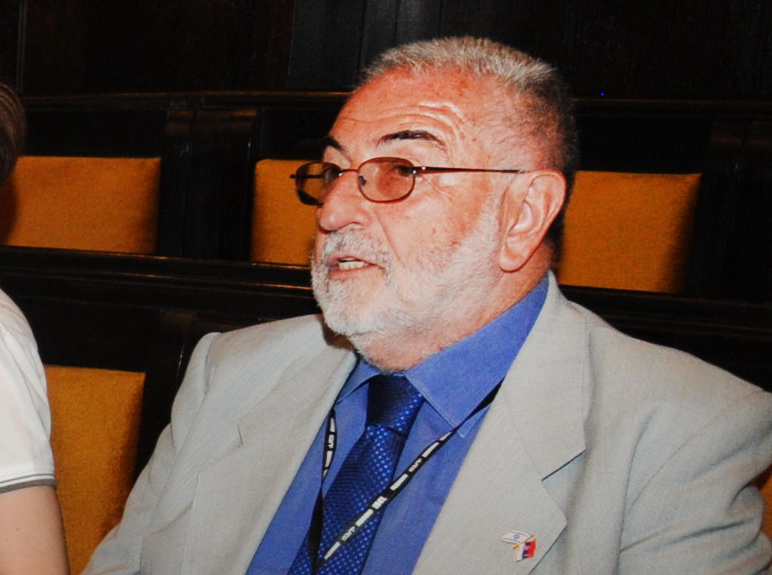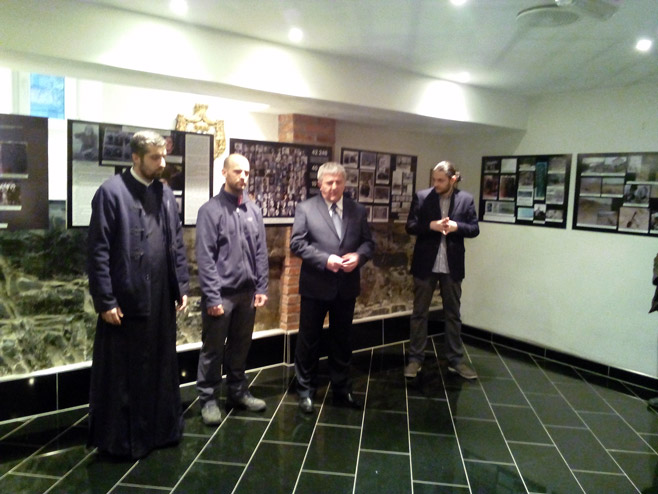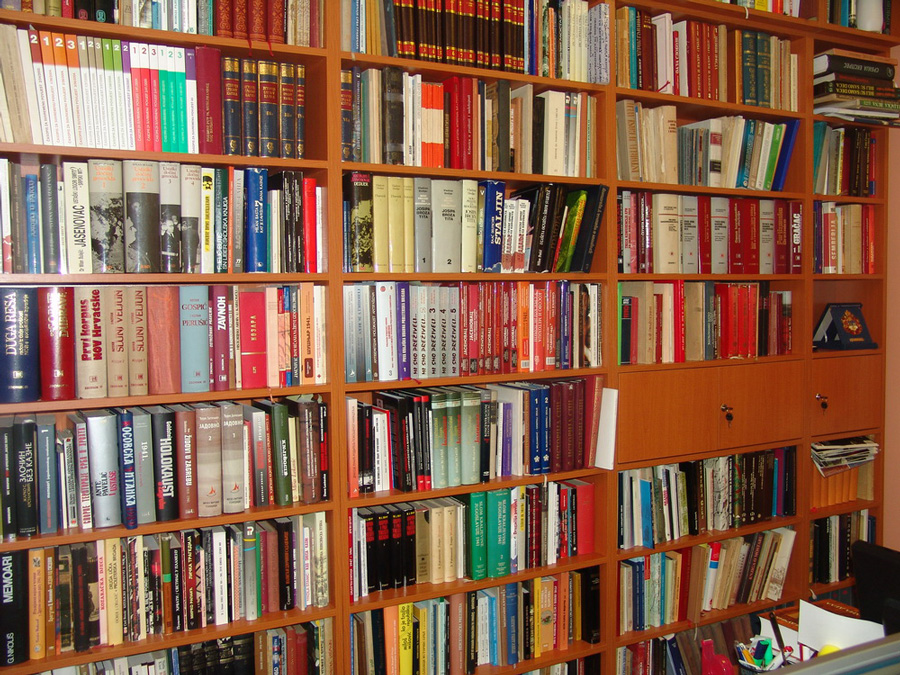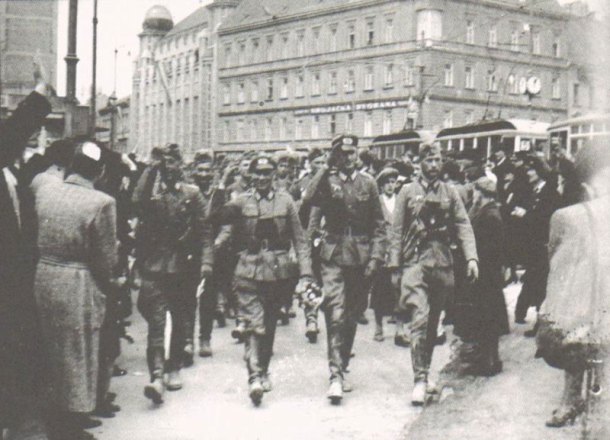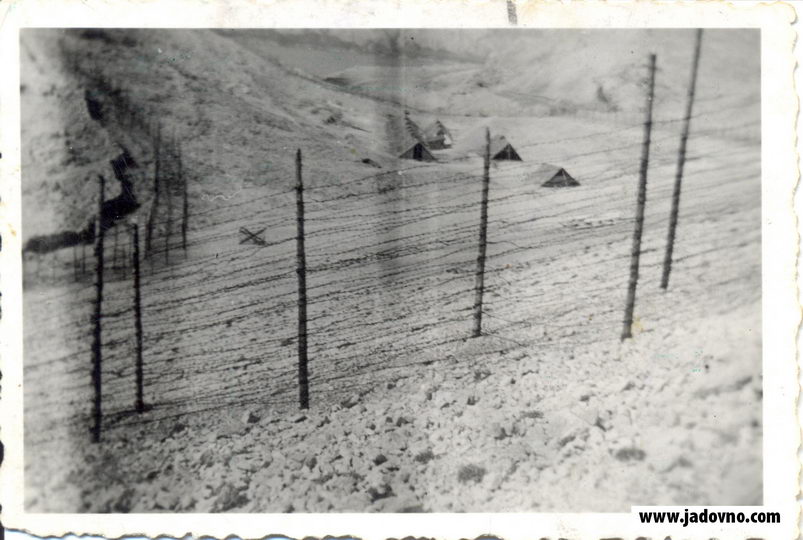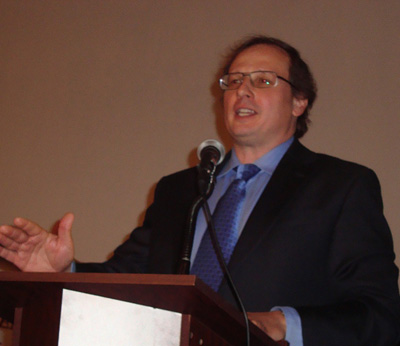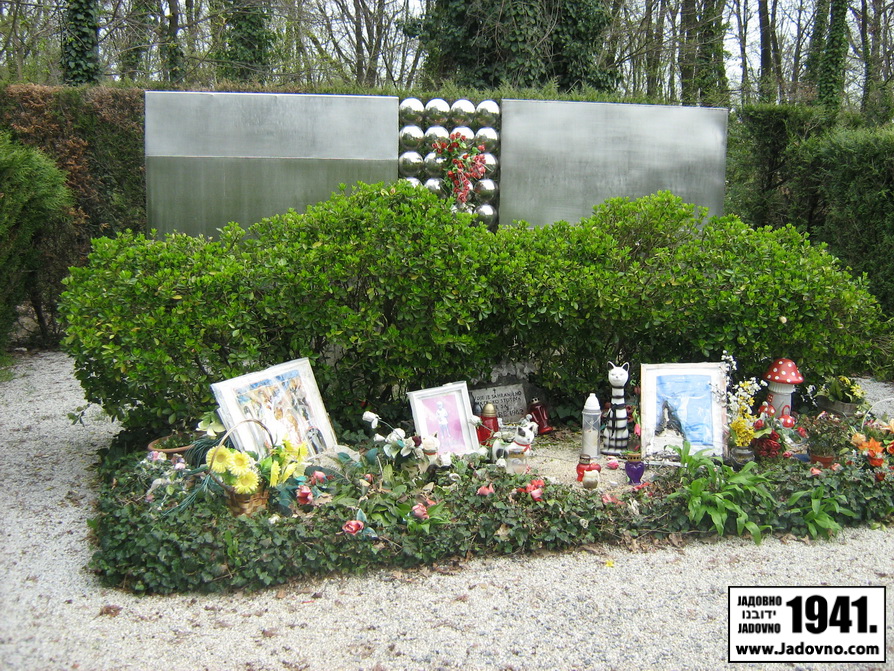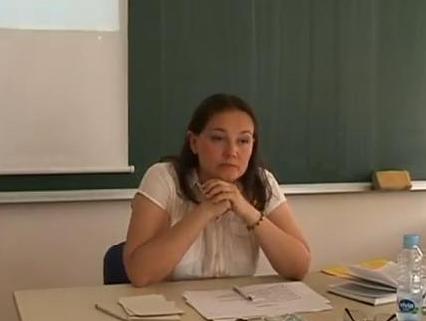
Jadovno is a predecessor of Jasenovac
Ћирилица The first inmates of Jasenovac were the surviving prisoners of the complex of NDH death camps Gospić-Jadovno-Pag. 73 years ago, on 23 August, 1941, the Croatian People newspaper published the following: „..in the last couple of days, shacks at the Lonjsko Polje, which will house workers, soon to start with their work, have been completed.“ Amongst the first camp inmates of Jasenovac were prisoners from the Croatian island of Pag, which was a part of Jadovno complex of camps. Zlatko Vajler, a surviving camp inmate from Slana on the island of Pag, describes the road from Slana to Jasenovac camp: “Our camps were closed down in late August when

